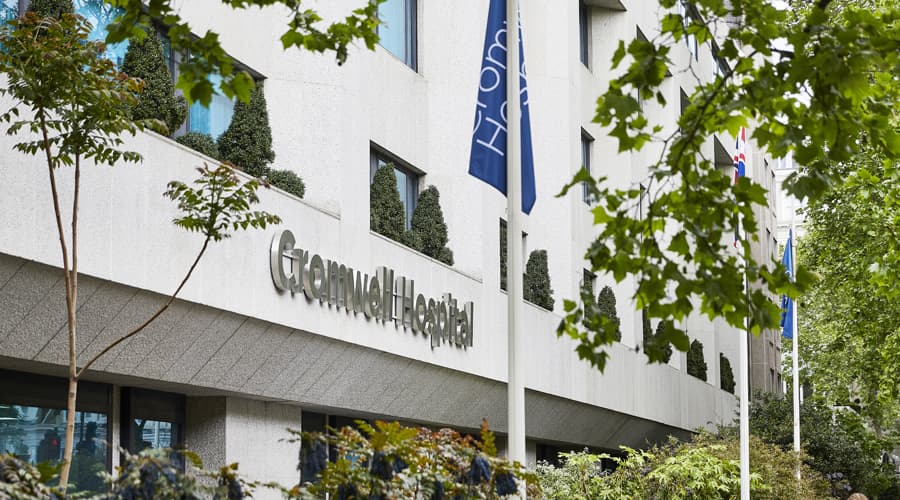About knee osteotomy
The bones and smooth cartilage of your knee joint can be worn away as a result of degenerative conditions such as arthritis.
When the cartilage wears unevenly, it narrows the space between your thigh bone (femur) and shin bone (tibia), causing your knee to bow inward or outward.
Knee osteotomy involves removing or adding a wedge of bone in your upper shinbone or lower thighbone.
This straightens the bowing and shifts your weight to the undamaged part of your knee joint – prolonging the life of your knee by offloading weight for a more even distribution.
Knee osteotomy is usually offered to patients who are active and younger than 60.
Depending on the location of your injury, surgery might involve your shinbone or your thighbone or both. The most common form of knee osteotomy involves the shinbone.
There are different types of knee osteotomy:
- Opening wedge osteotomy – A wedge shaped cut is made in your bone and a bone graft (from your own body or from a donor) is inserted.
- Closing wedge osteotomy – A wedge of bone is removed from the thigh or shin bone.
- Derotational osteotomy – A derotational osteotomy is used to correct alignment and restore normal rotation in the thigh bone (femur).
The surgery takes one to two hours. You are usually given a general anaesthetic, meaning you will be asleep for the operation.
The procedure differs slightly based on the type of osteotomy you are having:
- Opening wedge osteotomy – Your surgeon removes a wedge from your thigh or shin bone. They then bring together the cut edges of bone and fix them in place with metal hardware.
- Closing wedge osteotomy – Your surgeon cuts across the bone, opens a gap, fills it with bone graft and fixes the bone in place with a plate and screws.
- Derotational osteotomy – Your surgeon makes a cut through the upper part of the thigh bone. The thigh bone’s alignment is then corrected, and a long rod (nail) is inserted into the bone to hold it in place while it heals.
Your surgeon then closes the cuts in your skin with stitches and applies a dressing.
You will usually be able to go home the following day after your surgery.
After two weeks, your stitches will be removed, and you will be seen in the clinic again after six weeks for an X-ray and a consultation with your surgeon.
You will be given a knee brace to wear for the first four weeks. To prevent you putting full weight on your knee, you will need to use crutches for six to eight weeks.
Full movement is encouraged as soon as possible, and you will be given physiotherapy exercises to build strength and stability as the bone heals.
You will normally be able to drive six to eight weeks after surgery, although if you have an automatic car, you may be able to drive sooner.
The bone gradually heals in the six to 12 months following surgery, by which time, you should be able to return to all normal activity.
Paying for your treatment
We welcome both self-paying and insured patients.
Self-pay patients
We offer several ways for patients to self-pay, including pay-as-you-go, flexible payment options, and self-pay packages.
Insured patients
At Cromwell Hospital, we accept private health insurance from most major providers, including AXA, Aviva, Bupa, and Vitality.
Our locations

Contact us today
Our team will be happy to answer any questions and book your appointment.
Self-pay: +44 (0)20 7244 4886
Insured: +44 (0)20 7460 5700
Book an appointment today
Call us now for appointment bookings, general queries, and personalised quotes.
Alternatively, you can contact us using our online form.
